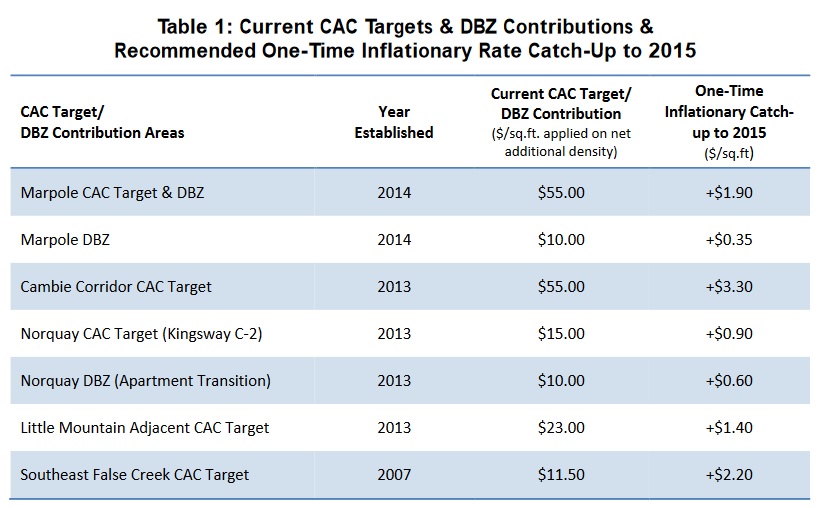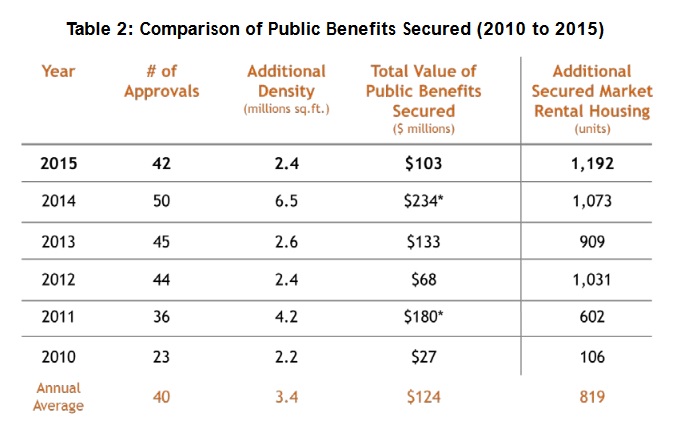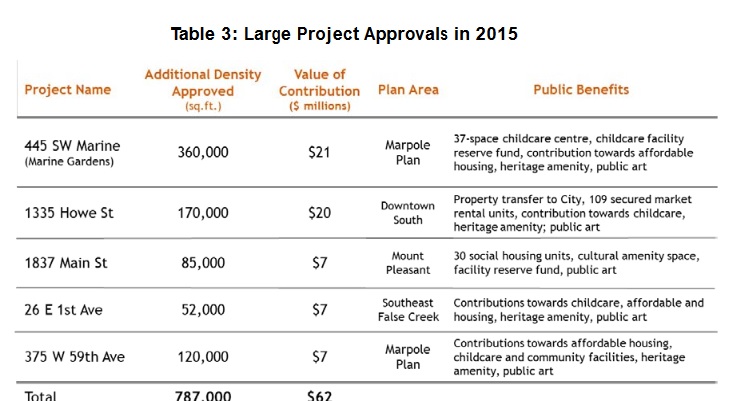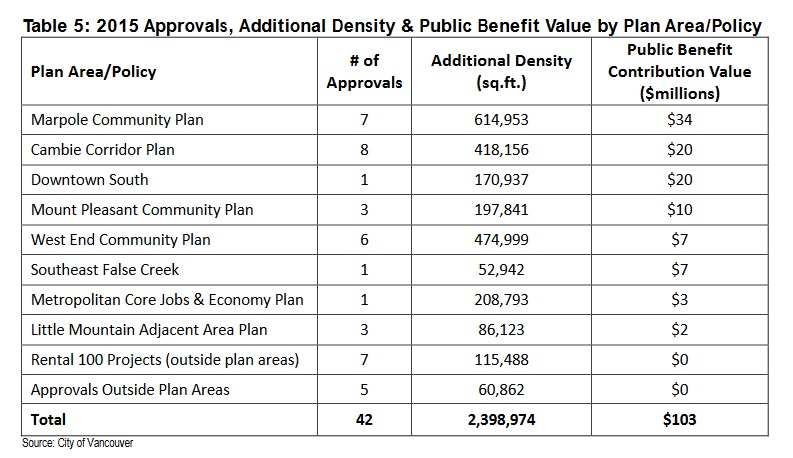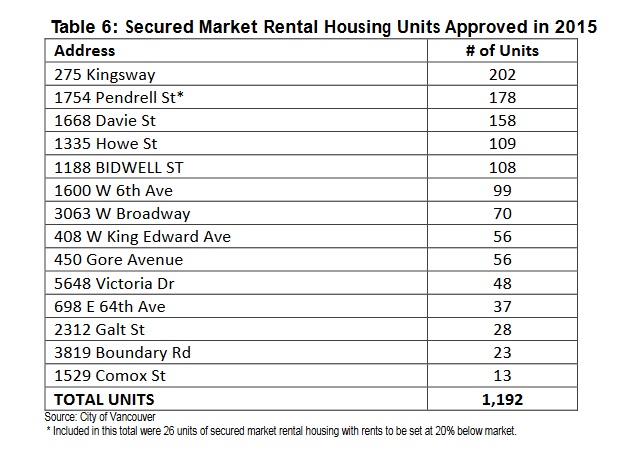The District of North Vancouver will review a report at council next week that seeks to update the District’s Community Amenity Policy, which has not been reviewed since 2010. The update was required due to increased development pressures and was brought forward partially at the encouragement of the development community. Coriolis Consulting assisted with the review of existing policy.
Here is an excerpt regarding the existing policy:
EXISTING POLICY:
The District of North Vancouver’s existing CAC policy includes two different approaches to
determine the appropriate value of a CAC, depending on the location of the rezoning:
- In the designated Town and Village Centres (growth centres), the value of the CAC is
determined through a negotiated approach, equivalent to 75% of the estimated increase in the market value of the property due to the rezoning. The reference to 75% of the increase in property value is to ensure that the CAC does not exceed the
amount that is financially viable for the development project.
- Outside the Centres, the CAC value is based on a target fixed rate per square foot of additional residential floorspace approved by the rezoning. Outside of centres, the CAC can be negotiated if the developer thinks the fixed rate is not appropriate or the rezoning exceeds the density identified in the OCP.
Below is an excerpt outlining the recommended changes to be implemented going forward:
“Recommended CAC Approach Outside Centres:
Staffs recommended approach to CACs outside of the Centres is:
1. Establish three separate fixed rate CAC categories outside the Centres with fixed rate
targets as follows:
(a) $6 per square foot (current rate $5) of increased permitted residential gross floor area for any project with an FSR less than or equal to 0.8 FSR;
(b) $13 per square foot (current rate $5) of increased permitted residential gross floor area for any project with an FSR greater than 0.8 but less than or equal to 1.0 FSR
(c) $20 per square foot (current rate $15) of increased permitted residential gross floor area for any project with an FSR greater than 1.0
2. Negotiate the CAC for the rezoning of any properties that are currently improved with rental housing to take into account the specific details of any rental replacement requirement. The target for negotiations should be at most 75% of the increased value due to the rezoning .
3. Continue to allow negotiated CACs in the specific circumstances currently identified in the District’s policy, but change the target negotiated CAC to be a maximum of 75% of the increased value due to the rezoning, rather than “50% to 75%” of the increased value due to the rezoning as currently written.
Recommended CAC Approach Inside Centres:
Staff’s recommended approach to CACs in the Centres is:
1. Negotiate CACs for major, complex rezonings where it is difficult to determine an appropriate CAC rate in advance of a development application, including:
- Large sites that have significant land dedications and on-site infrastructure requirements.
- Sites which include existing rental housing that the District would like to see replaced as part of any redevelopment.
- Higher density mixed-use sites, such sites in the CRMU 2 and CRMU 3 OCP designations (i.e., mixed-use projects over 1.75 FSR).
- Highrise residential projects (over 6-storeys in the RES Level 6 designation).
- Sites identified for a significant on-site amenity.
- Sites currently zoned for industrial use.
- Applications that require an OCP amendment.
The target for negotiations should be a maximum of 75% of the increased property value due to the rezoning.
2. Establish new fixed rate area inside the five Centres with a fixed rate target of $20 per square foot (presently negotiated) of additional permitted residential floorspace. The fixed rate areas for inside centres may be found in Schedule 2 of the Draft CAC Policy attached to this report.”
Source: http://app.dnv.org/OpenDocument/Default.aspx?docNum=2796413


